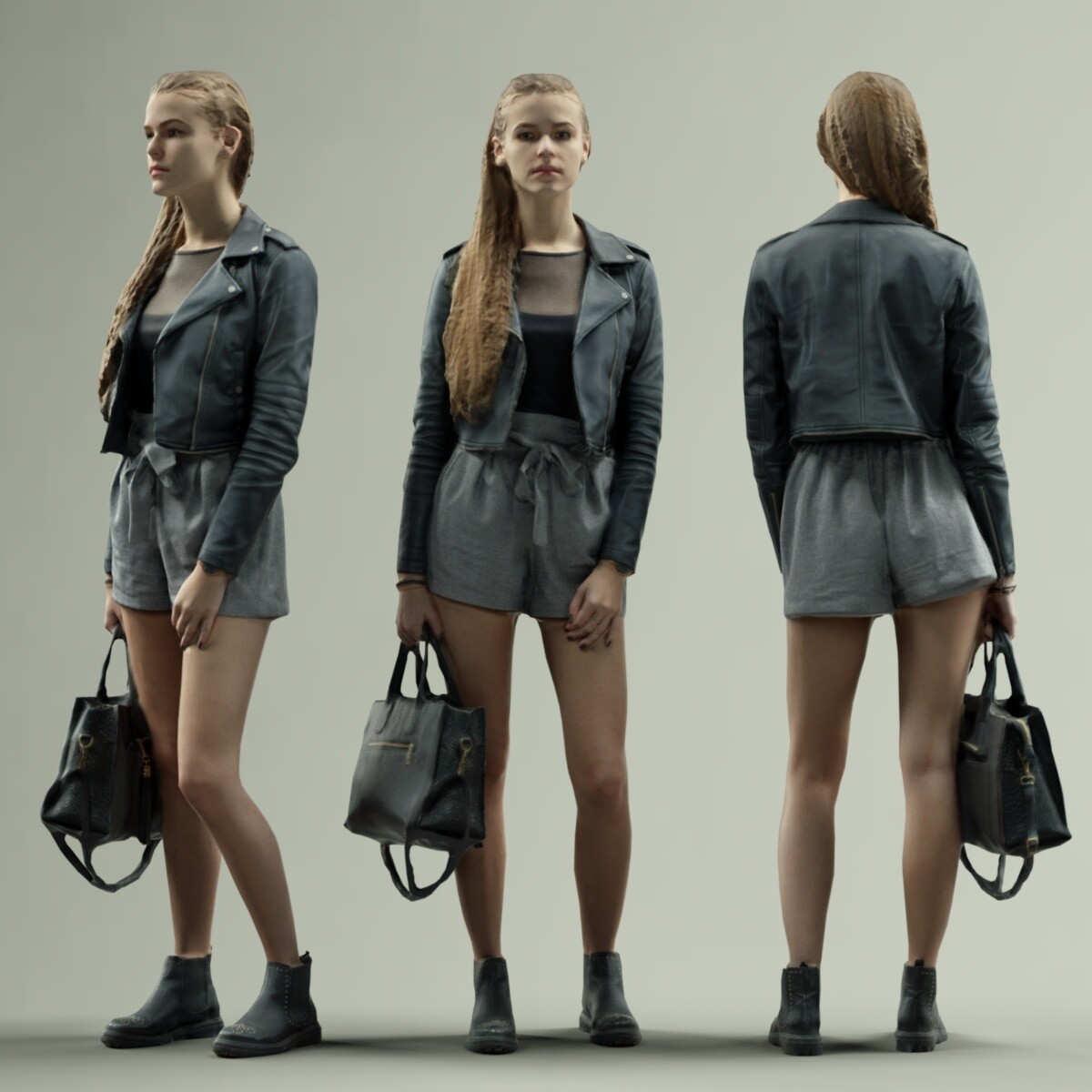The metaverse has been a buzzword in the fashion industry for some time now. Much of this talk is about how virtual technology will change the way that consumers shop, but are fashion labels ready for metaverse? The metaverse may be perfect for creating an immersive experience where shoppers can see themselves in different outfits and even interact with other customers to get feedback, but it’s unclear if it’ll work well enough to make buying decisions. Virtual try-on on the other hand is still in its infancy when it comes to adoption by retailers and brands, but what does it mean for these companies? Is the metaverse or virtual try-on ready for mass market or do they need more time to develop the technology before offering their products online?
There are various virtual try on technologies available, but the most popular is mirrARme with its augmented reality solution. With augmented reality, shoppers can use their smartphones or tablets to view clothes on a digital model in a simulated environment. This technology is already being used by some fashion labels and retailers, such as ASOS and Topshop, which have both released apps that let customers try on clothes. These apps use a combination of digital models and real-world images to create an accurate view of how the clothing will look.
The mirrARme app is the only solution in market that allows for true virtual try on with a real metaself. With mirrARme, users can choose clothing from partner websites to virtually view the clothes on themselves before they make a purchase decision. This technology also offers brands additional marketing opportunities. For example, they can use the app to create digital lookbooks or host fashion shows.
Fashion labels will need to decide if metaverse or virtual try on is right for them and whether they’re ready to offer these new shopping experiences to their customers. The metaverse may be a perfect place for creating an immersive experience, but the metaverse has a long way to go for fashion retailers to be adopted by consumers. Virtual try on, while not as immersive, is already being adopted by some retailers and brands. It offers a more accurate view of how the clothing will look and offers additional marketing opportunities for brands. With continued development in virtual technology, it’s likely that virtual try on will become more popular and be adopted by even more fashion labels.
Virtual try on is still in its infancy and there are some issues that need to be addressed before it can be adopted by fashion labels and retailers. One of these issues is accuracy; clothing often looks different when it’s placed on a digital model than it does when it’s worn by a real person. This is because the proportions of the digital model are often different from those of a real person, which can cause clothes to look baggy or too tight. Another issue is that not all clothing sizes are available in virtual try on. This is because the size and shape of a person’s body can vary depending on which part of the world they live in.
Virtual try on may not be ready for mass market, but fashion labels that want to stay relevant and innovative should start offering virtual try-on apps or websites. These tools could help brands show off their products in a new way and attract more customers to their e-commerce stores. Augmented reality and virtual reality could also be used to create an immersive shopping experience that’s more engaging than traditional online stores.
There are still some issues that need to be addressed before virtual try on can become commonplace in the fashion industry, but it’s clear that this technology has potential. Fashion labels should start experimenting with different virtual try on technologies now so that they’re ready when the metaverse becomes more popular.


